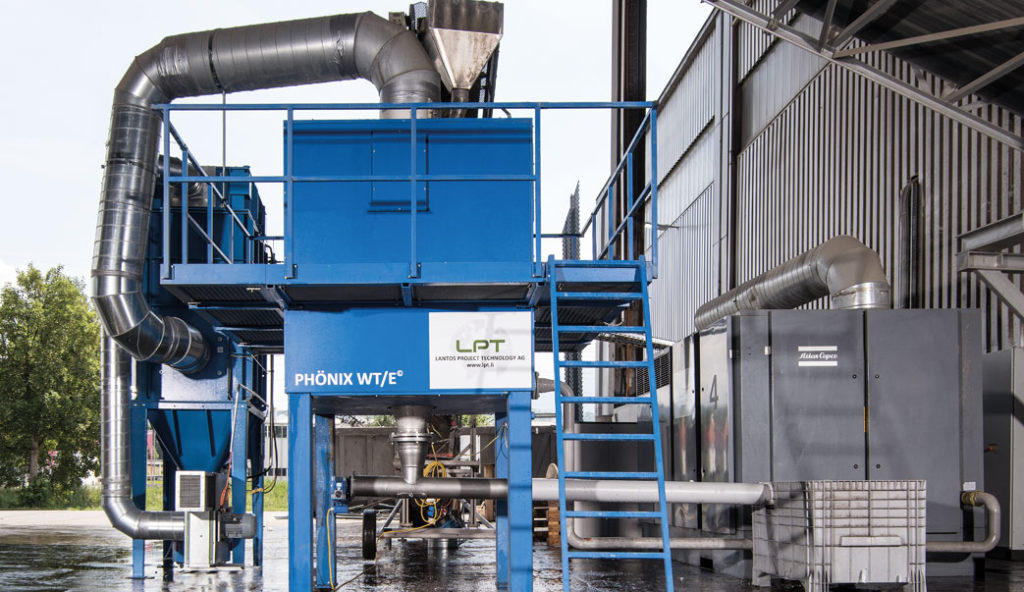- Tornado principle with multiple speed of sound
- Dehydration – residual moisture not exceeding 3%
- Crushing – up to 2 µm of almost all supplied materials
- Sterilization at a temperature of 160-170°C
- Space-saving through modular easily integrable system
- Energy efficiency through heat recovery
LANTOS PHÖNIX WT/E©
A WORLDWIDE INNOVATION: UNIQUE AND GROUNDBREAKING
- Tornado principle with multiple speed of sound
- Dehydration – residual moisture not exceeding 3%
- Crushing – up to 2 µm of almost all supplied materials
- Sterilization at a temperature of 160-170°C
- Space-saving through modular easily integrable system
- Energy efficiency through heat recovery
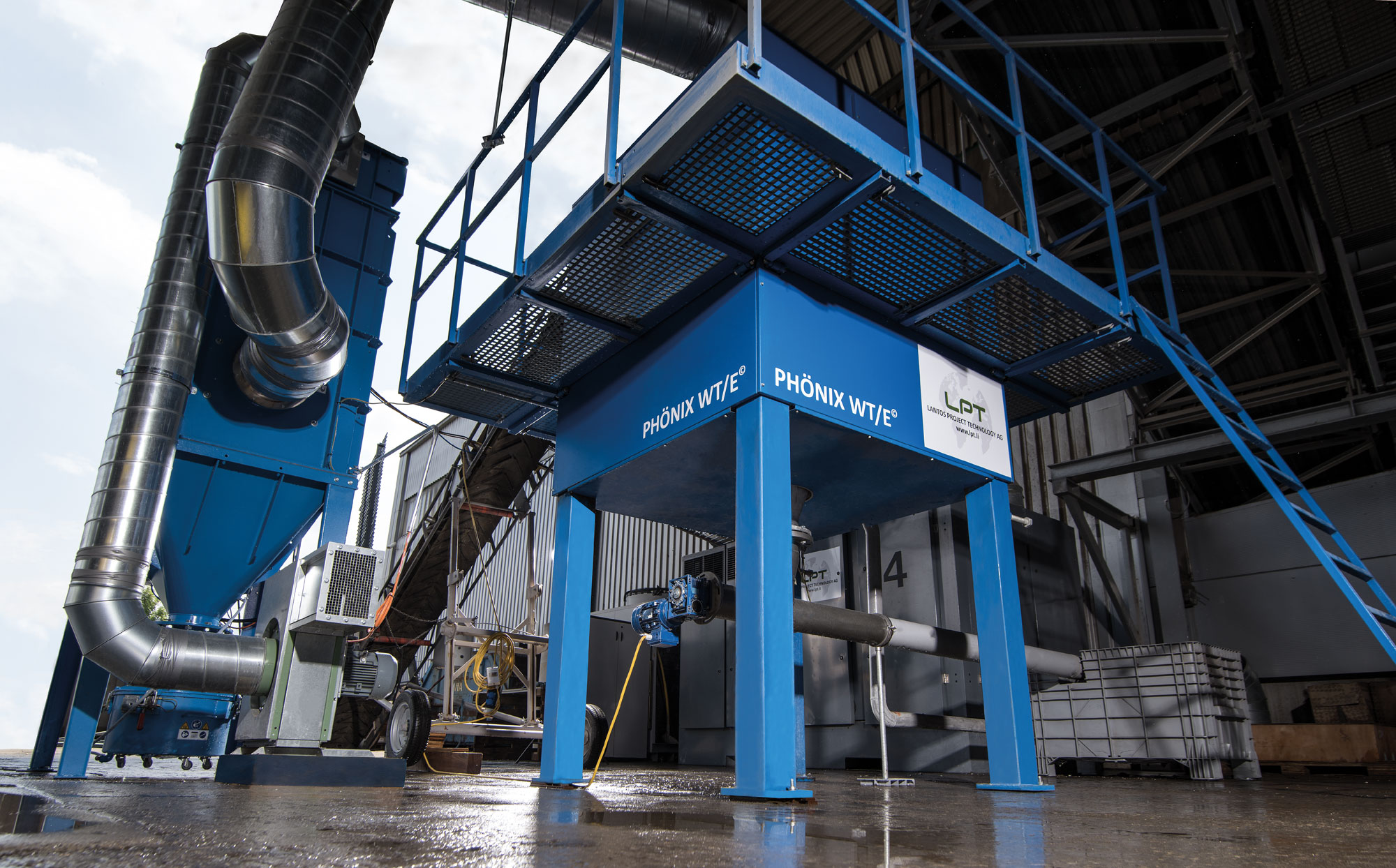
WHAT’S SO SPECIAL ABOUT THIS PROCESS OF OUR LANTOS PHÖNIX WT/E©?
-
Unique and sustainable technology system perfectly adapted to your problematic waste.
-
Flexible modular system that can easily be integrated into almost each existing plant system.
-
The functioning of our Phönix WT/E© plant corresponds to a concentrated and controlled tornado (international patent application filed).
-
Moisture is separated through mere mechanical energy and not through conventional expensive thermal energy. This results in a minimization of material that in turn requires lower logistics expenditures and consequently lower CO2 emissions.
-
The final product can be adapted to the wishes of the customer as regards degree of moisture, grain size and sterilization.
-
What type of substances can be processed?
-
Organic waste material such as domestic waste, industrial and commercial waste, hospital waste, sewage sludge, offal, disposable diapers, contaminated wood, etc.
-
Inorganic waste such as slags, industrial sludge, hazardous waste, metal chips, electronic waste, soil, ore-bearing rock, mining waste, etc.
-
Which are the field of application of Lantos Phönix WT/E ©?
-
Recycling companies who attach great importance to the degree of crushing/sorting accuracy as well as the moisture content for further recirculation (creation of higher value – reduction of landfill costs)
-
Cities, communities, industries (slag processing, filter/sewage sludges, residues that have an excessive moisture content and that are sometimes difficult to separate for further processing)
-
Metal industry (materials that are difficult to separate, for instance metals contaminated with oil and drilling water)
-
Industrial and commercial waste, waste from hospitals, nursing and care centers
-
Rendering, fattening farms, forestation plants, tillage, agricultural enterprises (custom-made earth)
-
RDF – processing plants
-
Cosmetics and food industry
-
Automotive industry, glass recycling, cement and concrete industry
- Mining (raw material – ore production)
- And many more
-
Which are the end products?
-
A sterile, dry, crushed end product (according to customer requirements)
-
Sterilization at a temperature of 160°C to 170°C
-
Residual moisture not exceeding 3 %
-
Crushing – up to 2 µm
-
What is the difference compared to other plants?
-
A unique and sustainable technology
-
Speed, efficiency, energy saving, optimization of logistics
- Everything from one source: basic concept or adaptation of a plant – we analyze and together with you, we will find a solution
- Planning, cost determination, project development, design, production, modification/adaptation, start-up, full/after-sales service, – together we will keep track of everything!
-
How many tons can be processed?
-
1 – 5 tons per hour, depending on the source material
-
What is the space requirement for LANTOS PHÖNIX WT/E©?
- Our plant PhönixWT/E© is extremely space-saving and requires a surface of only 80-100 sqm approx. (incl. compressor, feeder and material evacuation, heat recovery, exhaust filtering, separation, control cabinet).
An air vortex is generated in a hopper similar to a cyclone, with an air velocity exceeding the speed of sound. The functioning of a Phönix WT/E© plant corresponds to a concentrated and controlled tornado.
Materials fed into a Phönix WT/E© plant (international patent application filed) are aspired within fractions of a second into the airflow while being simultaneously exorbitantly accelerated. The individual materials cannot withstand such a sudden acceleration and are crushed explosively and due to friction, they are dehydrated. Non-ferrous metals cling together and are ejected as spherical fractions. These precious metals can easily be separated from the raw material in powder form after the Phönix WT/E© processing through conventional plant systems existing in the market and can then be industrially recirculated.
Liquids contained in the basic material and even wet substances bound in solid particles are separated mechanically and are absorbed by the generated hot air via the chimney system into the exhaust filtering system.
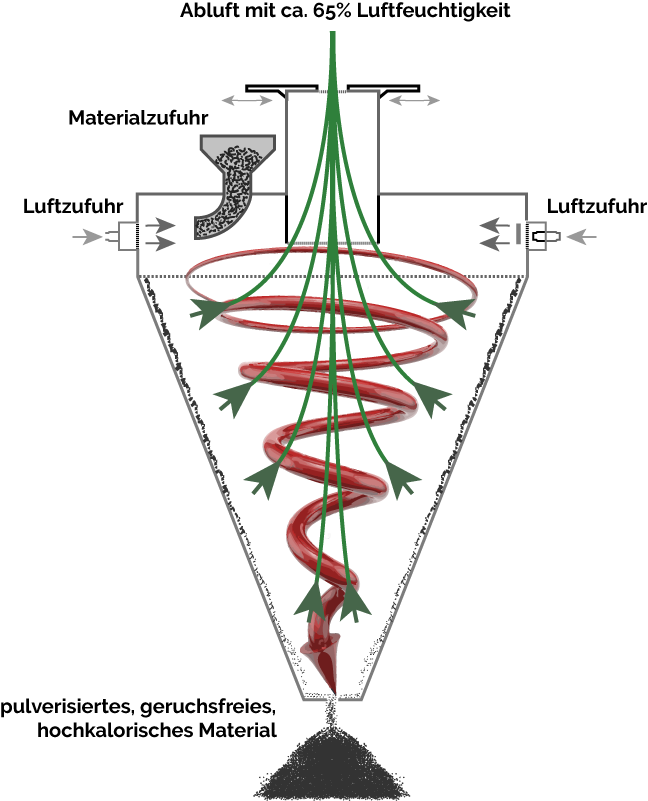
The standard version of Phönix WT/E© is designed in accordance with the basic material for approx. 10,000 tons a year.
Phönix WT/E© achieves an almost complete dehydration of the materials fed at a velocity unequalled by any other technology. The highly efficient dehydration is reached through the separation of the water mainly through mechanical energy (acceleration energy).
The required primary energy input is less important than the energy input required for thermal vaporisation of humid materials to the purpose of drying. Sterilization is comparable to a heat treatment. Sterilisation is achieved through compressed air and the subsequent particle acceleration of the individual materials. Depending on the basic material, sterilisation is reached with a temperature of more than 160°C, in one single working process. This unique process can easily be integrated into existing plants due to the modular system of our plant.
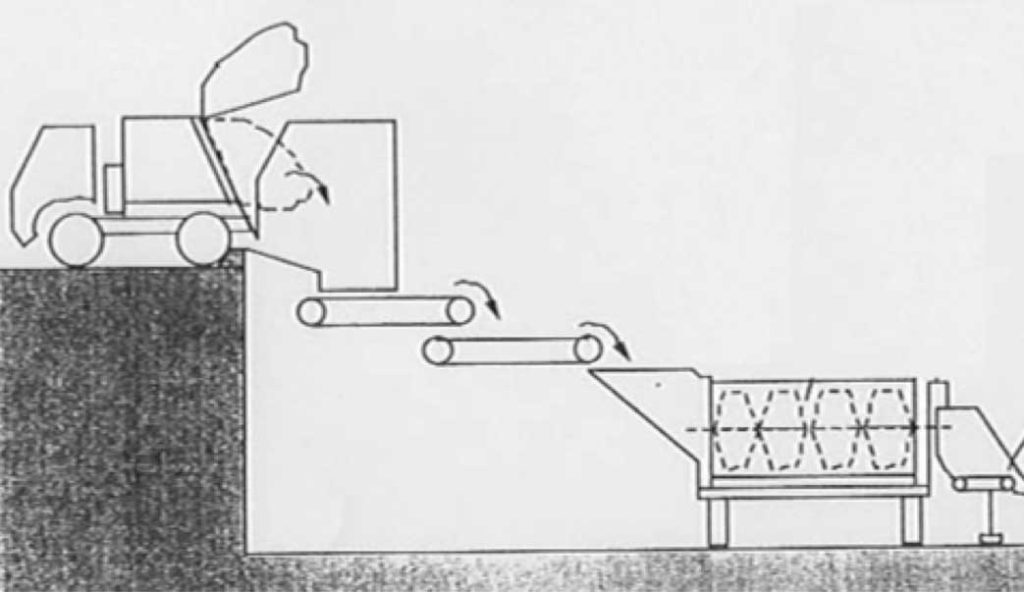
- Material delivery / feed hopper
- Weighing system
- Coarse screening / hand sorting station
- Pre-crushing
- Post-crushing (grain size approx. 50mm)
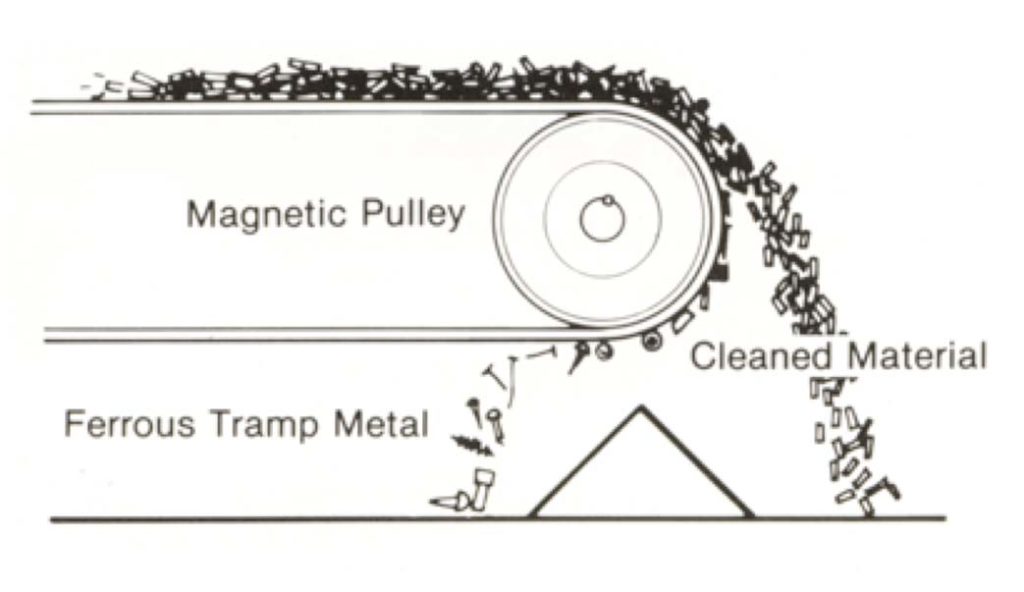
- Metal separation (FE, AL, CU)
- Organic material fed to mixing unit
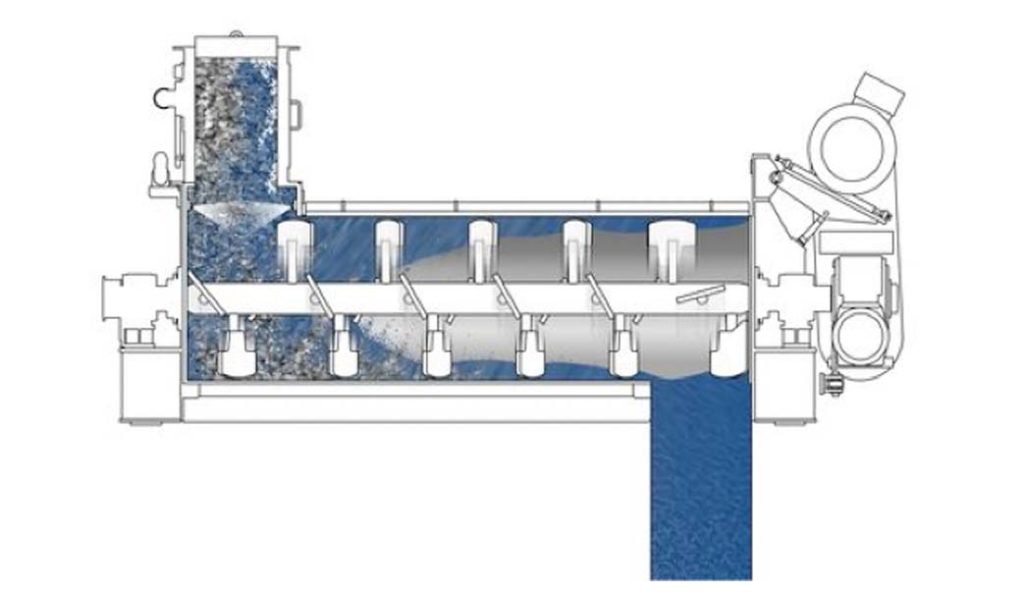
- Organic material (sewage sludge, contaminated wood, etc.)
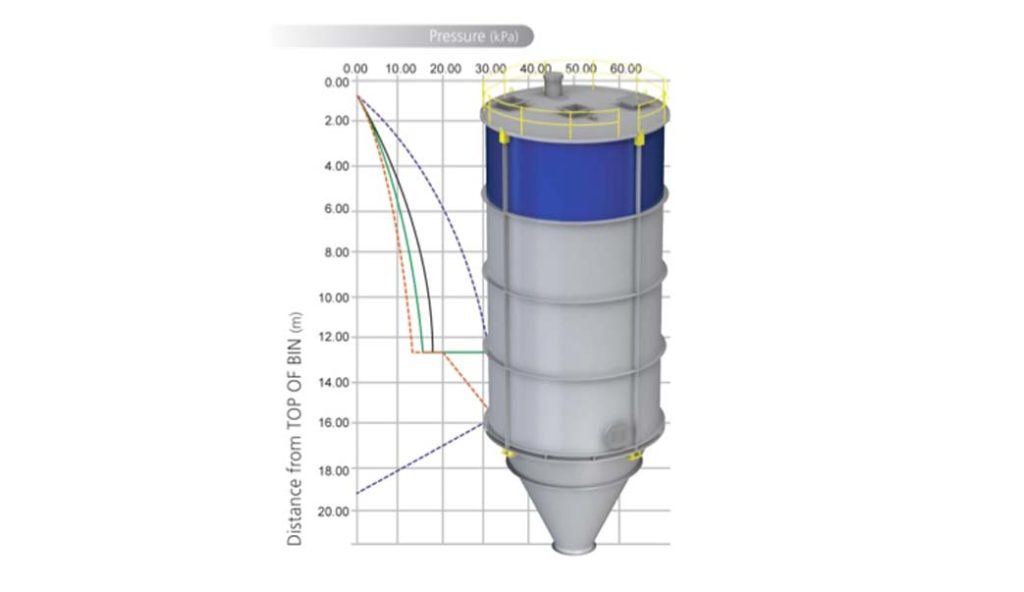
- With pre-heating
[wonderplugin_3dcarousel id=2]

